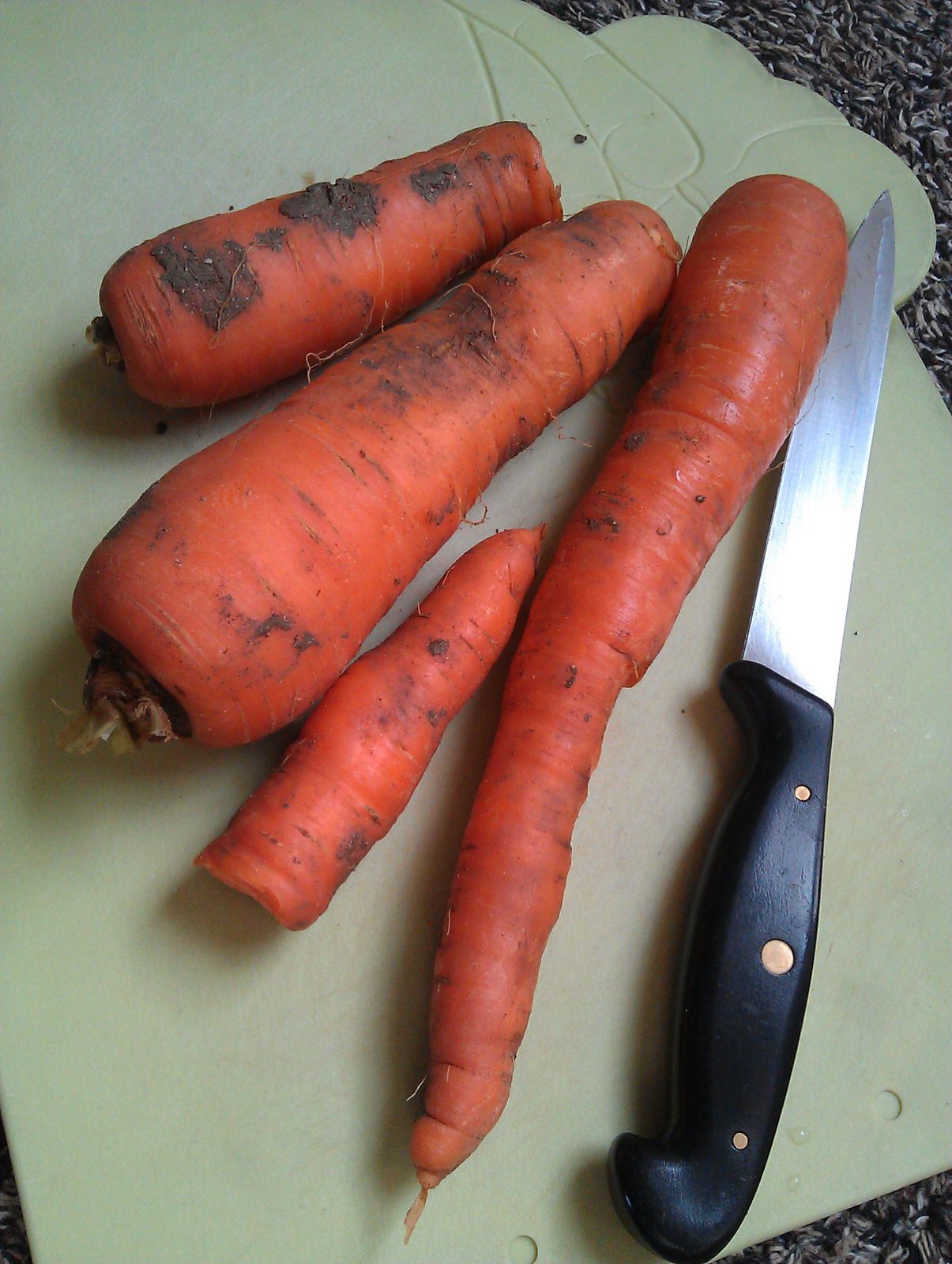
This is a favourite, well-loved recipe from Sarah Brown’s Vegetarian Kitchen which I have been making for the past 30 years, I will be serving it with the curly kale from this week’s veg box. It gets its name from the Chinese name for aduki beans – red dragon beans.
Serves 4
Preparation time: 1 hour 10 minutes
Cooking time: 35-40 minutes
Ingredients
110 g aduki beans
50 g brown rice
1 Tbsp oil
1 onion, peeled and finely chopped
225 g carrots, scrubbed and diced
1-2 Tbsp soy sauce
2 Tbsp tomato puree
1 tsp mixed herbs
275 ml aduki bean stock
salt and freshly ground black pepper
450 g potatoes, peeled
25 g butter
Method
Soak the aduki beans overnight or steep them in boiling water for an hour. Drain and rinse, then bring them to the boil in fresh water along with the rice and cook for 50 minutes, until the beans are tender and the rice is fairly soft. Drain, reserving the stock.
Meanwhile, heat the oil in a saucepan and fry the onion for 5 minutes. Add the carrots and cook for 2-3 minutes before adding the cooked beans and rice. Mix the soy sauce, tomato puree and herbs with the stock and pour over the bean and vegetable mixture. Bring to the boil and simmer for 20 minutes, so that the flavours are well blended. Season to taste. Add a little more liquid if necessary so that the final mixture is moist.
Transfer into a greased 1.5 litre casserole. Whilst the bean and vegetable mixture is cooking , boil the potatoes until soft and mash them with the butter. Season well and spread the mashed potato over the beans and vegetables. Place in a preheated oven 180°C/Gas mark 4 and bake for 35-40 minutes until the potato is crisp and brown.
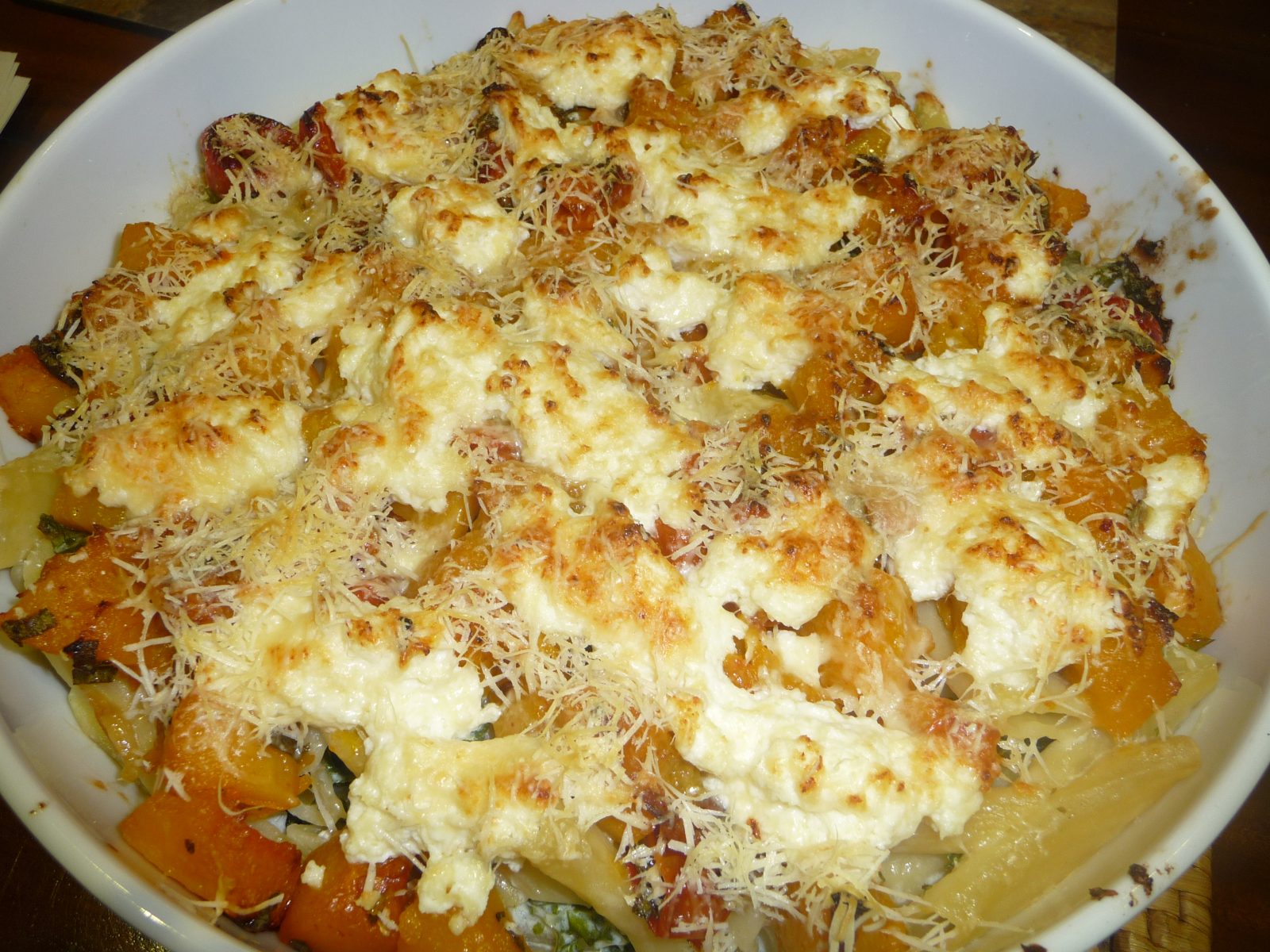
This delicious recipe appeared recently in Thomasina Mier’s column in The Guardian magazine. It uses three of the veg in our boxes this week. We happened to have rigatoni in the cupboard but this week I might be tempted to try it with penne instead.
Serves 4-6
Preparation time: 45 minutes
Cooking time: 15-20 minutes
Ingredients
600g butternut, acorn or onion squash, peeled, deseeded and cut into chunks
200g cherry tomatoes, halved
3 garlic cloves, bashed and peeled
1 pinch dried chilli
1/2 bunch sage, leaves picked
salt and freshly ground black pepper
3 tbsp olive oil
200g kale
400g rigatoni
250g ricotta
125g grated parmesan
Method
Preheat the oven to 220°C/Gas mark 7. Put the squash, tomatoes, garlic, chilli and sage in a roasting tray, season generously, then drizzle over the oil and mix with your hands so that every chunk of squash is coated. Roast for 25-35 minutes, shaking the tray occasionally, until the squash is a little crisp and the tomatoes are falling apart.
Meanwhile, tear the kale leaves from their stems. Bring a large pan of salted water to a boil, blanch the kale leaves until tender – no more than a few minutes – then transfer to a colander with a slotted spoon and leave to cool. Bring the water back to a boil and cook the pasta for a couple of minutes less than the instructions on the packet: you want it to be still a little firm to the bite. Squeeze any remnants of water from the kale, finely chop and put in a bowl.
In another bowl, beat the ricotta and half the parmesan with a fork, season generously, then stir half this mixture through the kale. Drain the pasta, reserving a cup of the cooking liquid, and return to the pan. Stir in the kale mix and enough of the reserved cooking water to make a wet sauce that coats the pasta.
Tip into a big baking dish and scatter the roast squash, tomatoes and sage over the top. Dollop the remaining ricotta mixture here and there, pushing some of it down into the pasta, sprinkle on the rest of the parmesan and drizzle with a little oil. Bake for 15-20 minutes, until the parmesan has melted and the top is golden brown. Serve with a green salad.
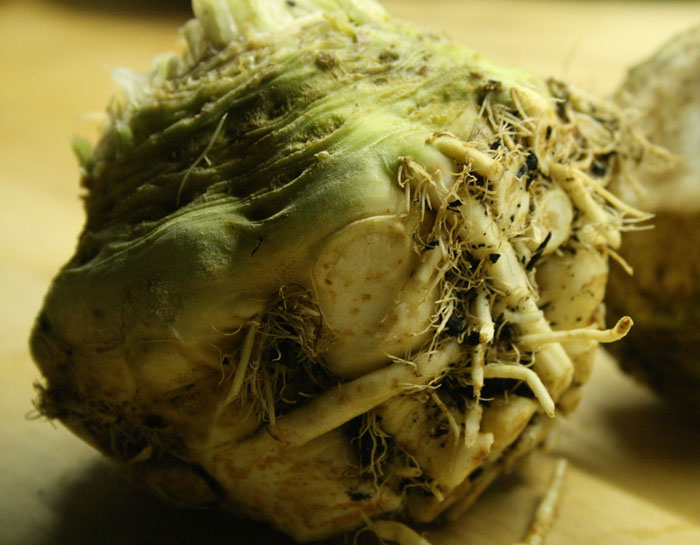
This is from Hugh Fearnley-Whittingstall‘s book River Cottage Veg Every Day. He recommends using a good, fresh, firm celeriac, ideally an early-season one.
Serves 4
Preparation time: 20 minutes
Ingredients
200g celeriac (peeled weight)
1 eating apple
50g raisins
a good handful of flat-leaf parsley
For the dressing
1 tsp English mustard
1 tsp sugar
1 Tbsp cider vinegar
2 Tbsp sunflower or rapeseed oil
2 Tbsp olive oil
sea salt and freshly ground black pepper
Method
For the dressing, shake all the ingredients together in a screw-topped jar to emulsify. Tip into a bowl.
Cut the celeriac into matchstick-sized pieces. The easiest way to do this is to use a mandolin, but you can use a large, sharp knife. Transfer directly to the bowl of dressing and toss them in, so they don’t get a chance to brown. Peel, quarter and thinly slice the apple and add to the salad with the raisins. Taste and adjust the seasoning if you need to.
Serve straight away, or leave for an hour or so, which will allow the celeriac to soften slightly. Toss in the roughly torn parsley leaves just before serving.
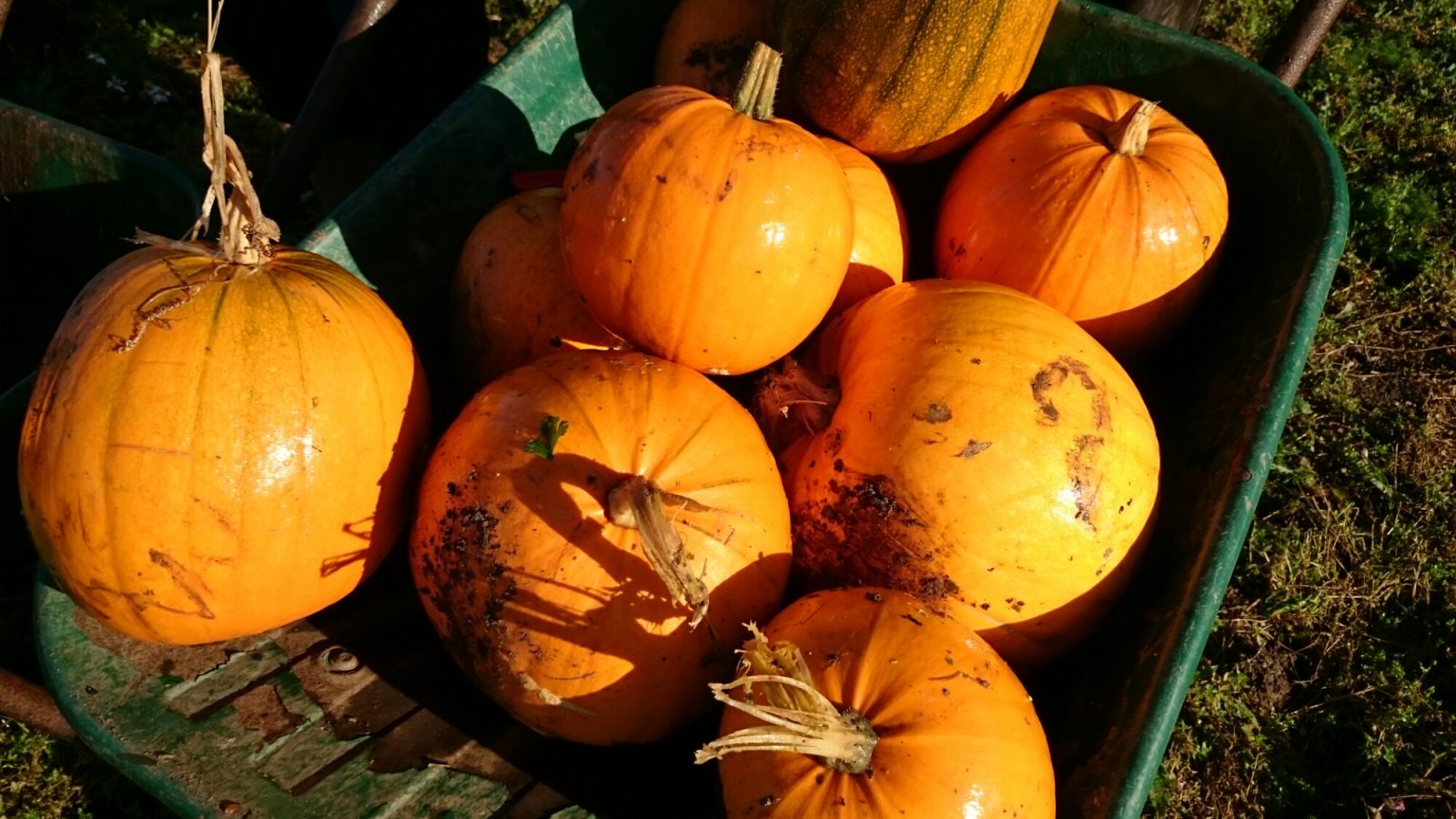
This recipe is from Nigel Slater’s Kitchen Diaries. He boils his pumpkin flesh for 10 minutes but I am going to try roasting it instead which means I don’t have to peel it first.
Serves 4
Preparation time: 10 minutes
Cooking time: 30-40 minutes
Ingredients
1 small onion, roughly chopped
2 cloves garlic, peeled and crushed
A walnut-sized knob of ginger, peeled and cut into thin shreds
225 g split red lentils
1 1/2 litres water
1 tsp ground turmeric
1 tsp ground chilli
250 g pumpkin flesh, roasted or boiled
A small bunch of coriander, roughly chopped
For the onion topping:
2 onions, peeled and cut into thin rings
2 Tbsp groundnut oil
2 small, hot chillies, deseeded and thinly sliced
2 cloves garlic, peeled and finely sliced
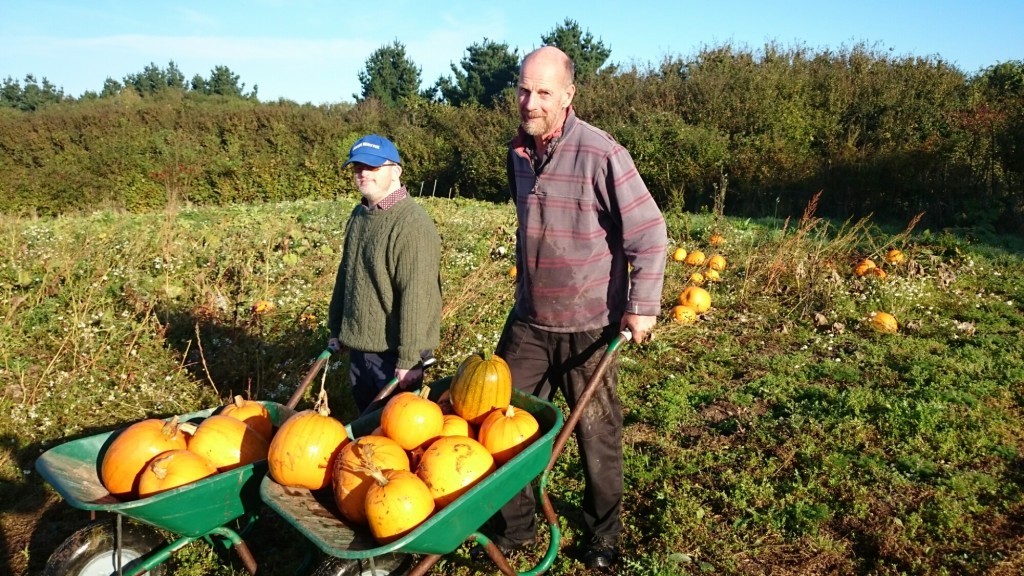
Method
Put the onion, garlic, ginger, lentils and water into a large, heavy-based saucepan, bring to the boil and then turn the heat down to an enthusiastic simmer. Stir in the ground turmeric and chilli, season and leave to simmer, covered, for twenty minutes.
To make the onion topping, cook the sliced onions in the oil in a shallow pan until they start to colour. Add the garlic and chilli and continue cooking until the onions are a deep golden colour. Set aside.
Once the lentils have been cooking for 20 minutes, uncover and turn up the heat, boiling hard for five minutes.
Remove the pan from the heat and add the cooked pumpkin flesh. Blend the soup until smooth, reheat then add the coriander. Serve in bowls with a spoonful of the spiced onions on top.
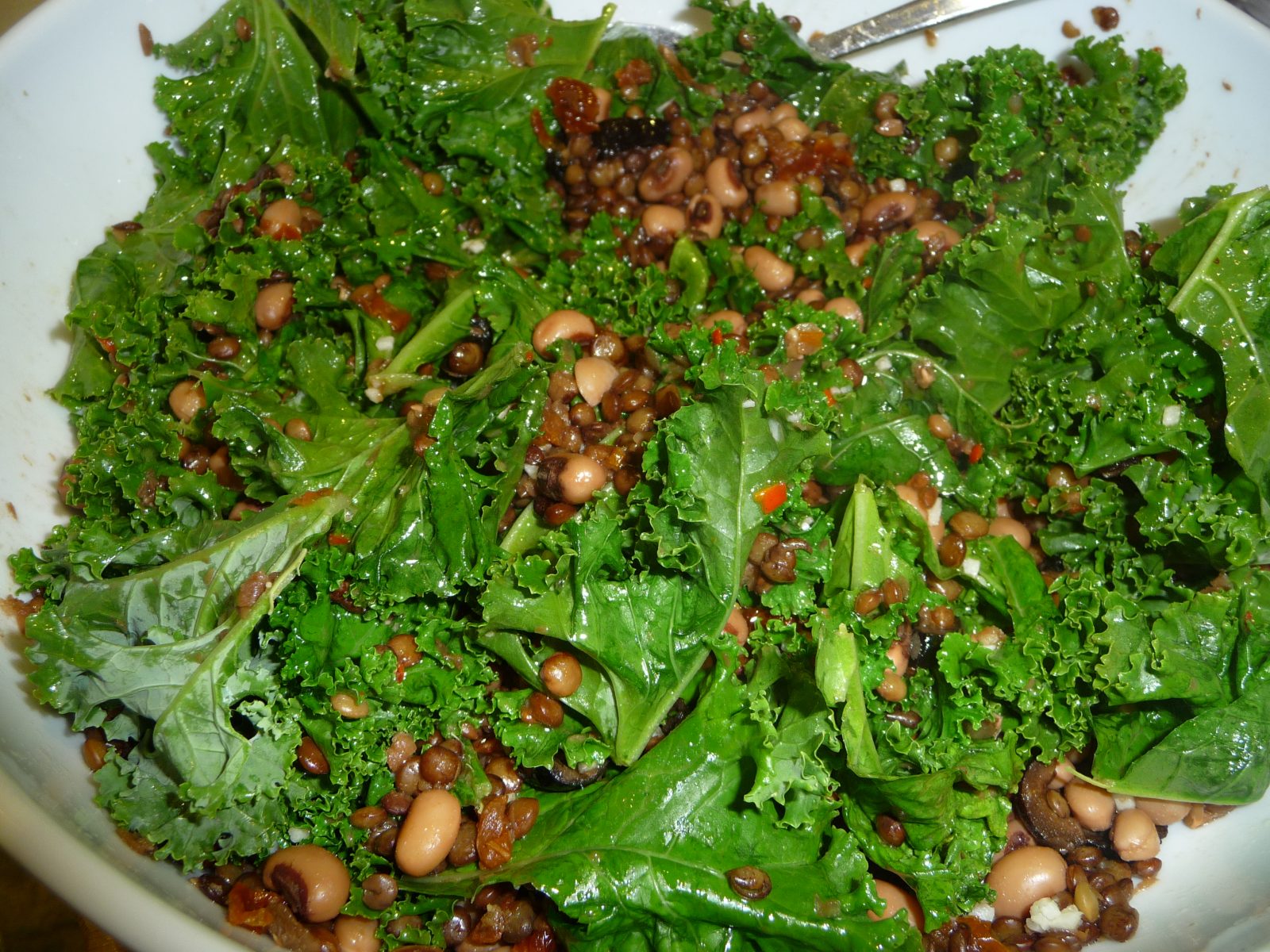
I have made this Jack Monroe salad twice recently, once with curly kale and today with cavelo nero and both times it was delicious. It is even easier if you use a tin of black-eyed beans and lentils that do not need pre-soaking such as puy lentils.
Serves 4 for lunch
Preparation time: 30 minutes
Cooking time: 30-40 minutes
Ingredients
100 g dried brown or green lentils
100 g dried black-eyed or haricot beans
8 sundried tomatoes, chopped
A handful of black olives, chopped
A fistful of parsley, torn
80 g kale, rinsed and chopped
For the dressing:
1 fat clove garlic, minced
1 fresh red chilli, deseeded and finely chopped
130 ml olive oil
1 lemon, zested and juiced
Method
Soak the lentils and beans for at least 8 hours and preferably overnight. Meanwhile, make your dressing – a good steeping in oil and acid will calm the chilli and garlic and meld the flavours. Put the garlic, chilli, oil, lemon zest and some of the lemon juice into a lidded jar, screw on the lid tightly and shake vigorously to emulsify. Unscrew, taste and add more lemon juice if needed.
When you are ready to make the salad, thoroughly rinse the lentils and beans, then put them in a pan of unsalted, cold water. Bring to the boil, scrape off any scum and boil vigorously for 10 minutes. Reduce to a simmer and cook for a further 30 minutes or until tender. Drain and rinse with hot water. Meanwhile, warm the dressing in a small saucepan over a low heat.
Toss all the other salad ingredients together with the warm pulses – there is no need to cook the kale as the warmth of the beans, lentils and dressing will soften it sufficiently. Add the dressing to taste and serve.
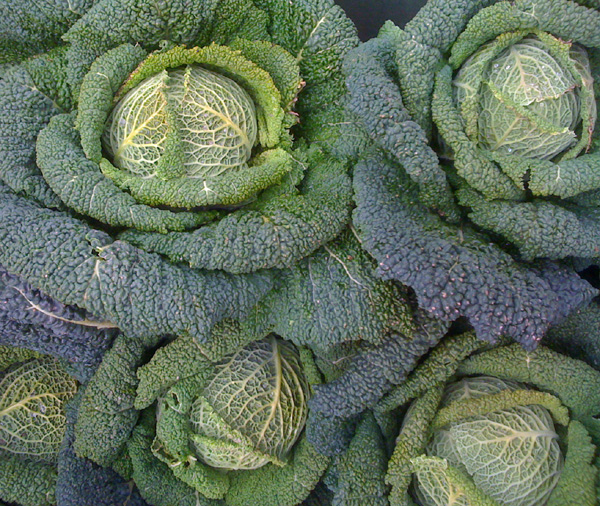
I like to serve Colcannon with grilled sausages for a quick and easy tea.
Serves 4-6
Preparation time: 15 minutes
Cooking time: 25 minutes
Ingredients
1 Kg floury potatoes such as Maris Piper or Cara, peeled and cut into chunks
100 ml milk
100 g butter
1/2 cabbage, finely shredded
salt and freshly ground black pepper
Method
Cook the potatoes in boiling water until tender. While the potatoes are cooking melt half the butter in a pan and cook the cabbage for about 10 minutes until tender. Drain the potatoes well then return to the pan with the milk and the rest of the butter and leave on a low heat until the milk comes to the boil and the butter has melted. Remove from the heat, mash the potatoes then add the cabbage and mix well. Season to taste and serve.
I am going to make this cake for pudding tonight. It’s from Hugh Fearnley-Whittingstall’s River Cottage Fruit Every Day! The recipe calls for eating apples but I’m trying it with the veg box apples which are cookers. If you have a nut allergy leave out the ground almonds and substitute with an extra 5 g flour.
Serves 10-12
Preparation time: 40 minutes
Cooking time: 1 hour 15 minutes
Ingredients
3 tbsp whisky
100 g sultanas
100 g ground almonds
175 g light brown flour
2 tsp baking powder
a pinch salt
500 g apples, peeled, cored and cut into thick slices
200 g butter, softened
200 g dark muscovado sugar
3 large free-range eggs
150 g thick-cut orange marmalade
25 g demerara sugar
Method
Preheat the oven to 170°C/Gas mark 3. Grease a 20 cm springform cake tin, line the base with baking parchment and lightly butter the paper. Warm the whisky in a small pan, then remove from the heat, add the sultanas and leave to soak while you prepare the cake.
Put the ground almonds, flour, baking powder and salt in a bowl, combine thoroughly and set aside. Beat the butter and muscovado sugar together thoroughly until light and fluffy. Beat in the eggs, one at a time, adding a spoonful of the flour mix with each, and amalgamating each thoroughly before adding the next. Add the remaining flour mix and fold in. Beat the marmalade to loosen it, then fold into the cake mixture. Fold in the sultanas and whisky and finally the slices of apple.
Spread the mixture evenly in the prepared cake tin and scatter the Demerara sugar over the surface. Bake for about 1 1/4 hours, or until a skewer inserted into the centre comes out clean. Let the cake cool slightly in the tin for 15 minutes, then turn out and leave to cool completely on a wire rack.
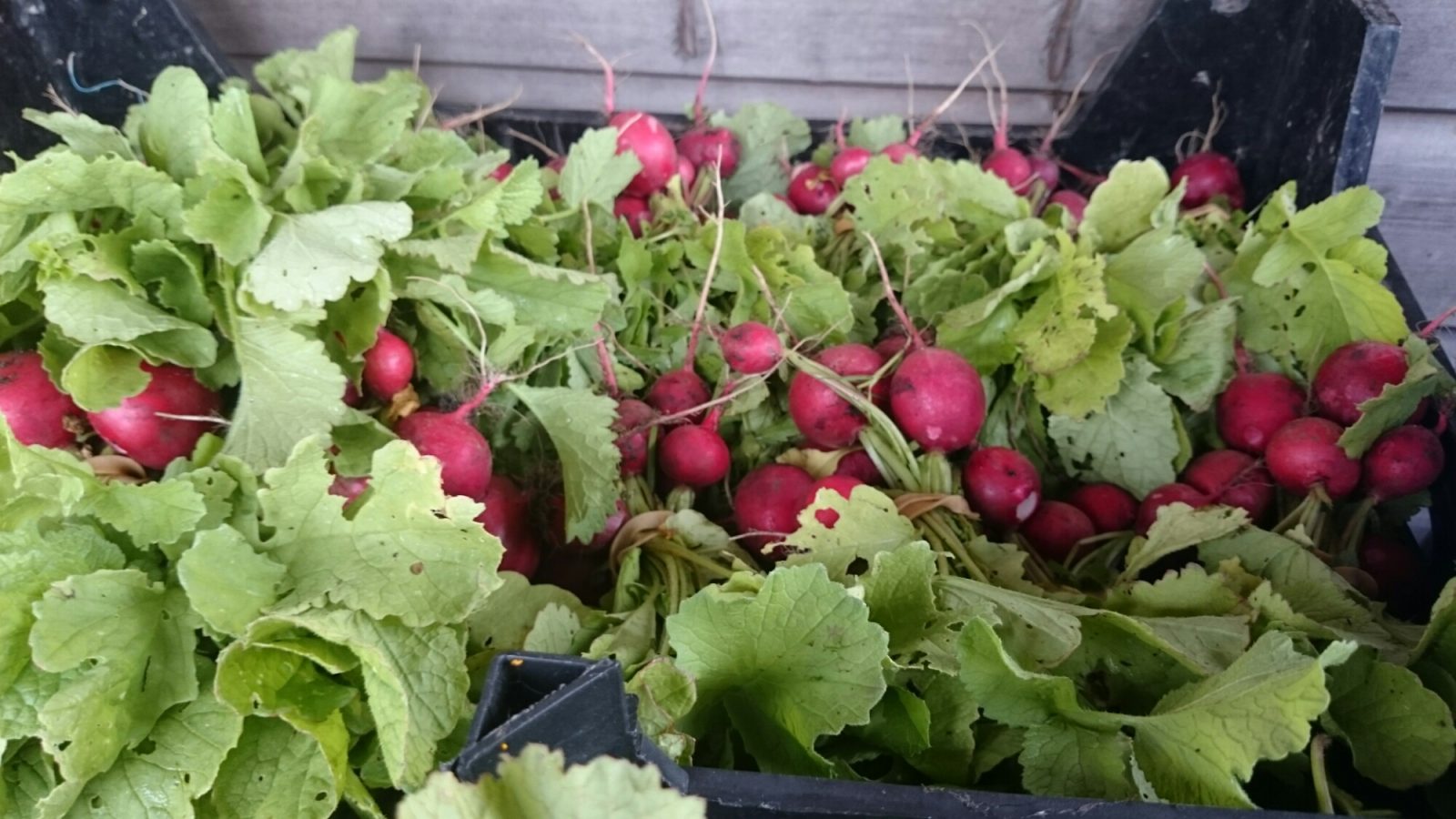
This taken from Hugh Fearnley-Whittingstall’s book River Cottage Light and Easy. Hugh says “Crisp, crunchy and pretty, this colourful little side is delicious with chicken or fish.”
Serves 4-6
Preparation time; 10-15 minutes
Ingredients
150 g radishes
5-6 spring onions, trimmed and sliced
2 Tbsp chopped mint
2 Tbsp extra virgin rapeseed or olive oil
sea salt and freshly ground black pepper
Method
Trim the radishes, roughly chop them and put in a bowl. Add the remaining ingredients, leave for 10-15 minutes if possible, then toss well and serve.
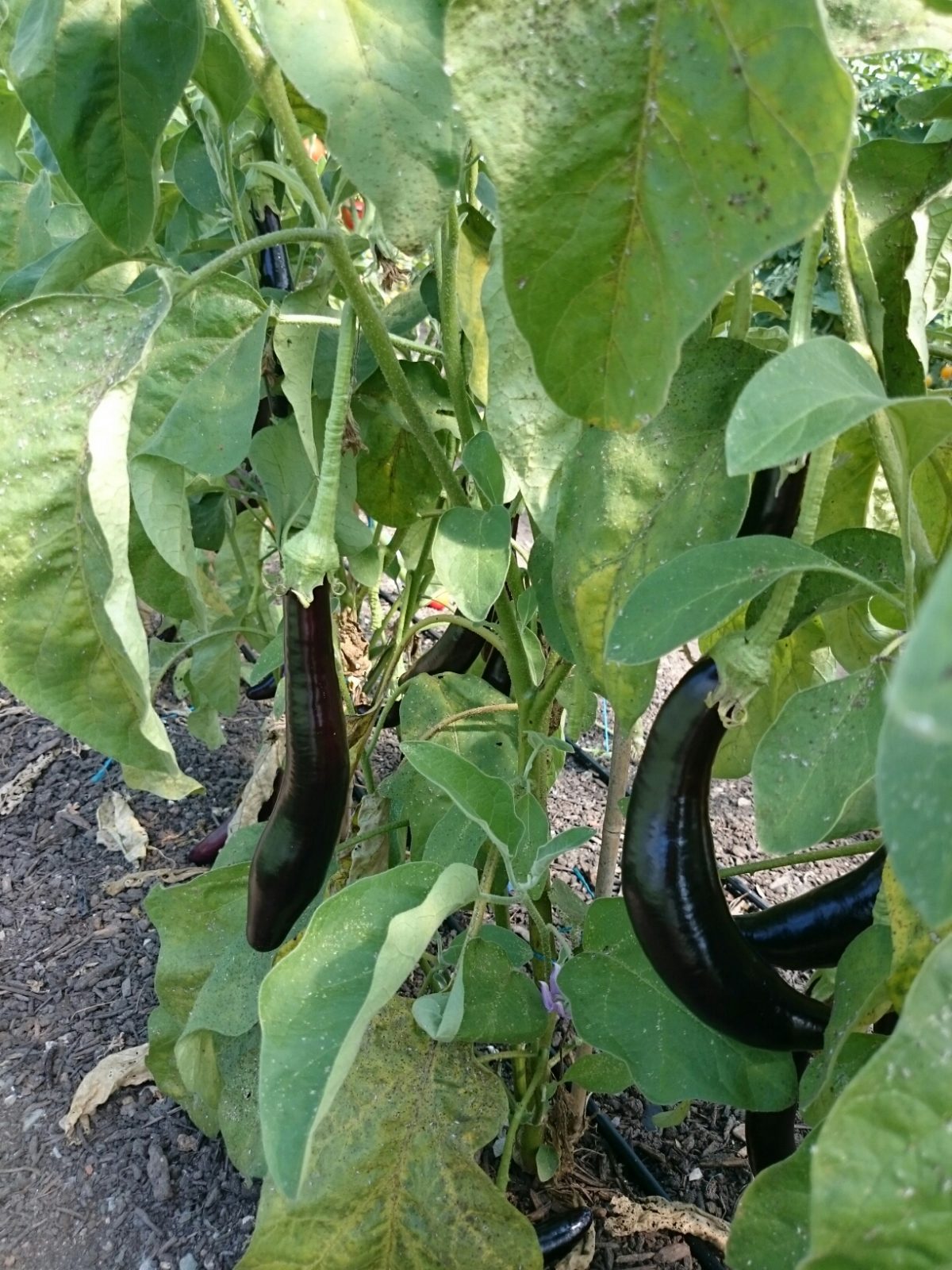
This recipe is taken from Felicity Cloake’s How to Cook the Perfect column in the Guardian. Every week she takes a familiar dish and tries several different recipes before coming up with her definitive recipe to make the perfect dish, in this case the perfect moussaka. We will be trying this on Sunday.
Serves 4
Preparation and cooking time: 1 hour 45 minutes
Ingredients
4 tbsp olive oil
3 medium or 2 large aubergines, sliced
1 large onion, finely chopped
4 cloves of garlic, finely chopped
1.5 tsp cinnamon
1 tsp dried oregano
500g minced lamb
2 tbsp tomato purée, mixed with 150ml water
150ml red wine
Small bunch of flat-leaf parsley, chopped
For the béchamel:
500ml milk
60g butter
60g plain flour
50g kefalotyri or pecorino cheese, grated
2 eggs, beaten
Nutmeg, to grate
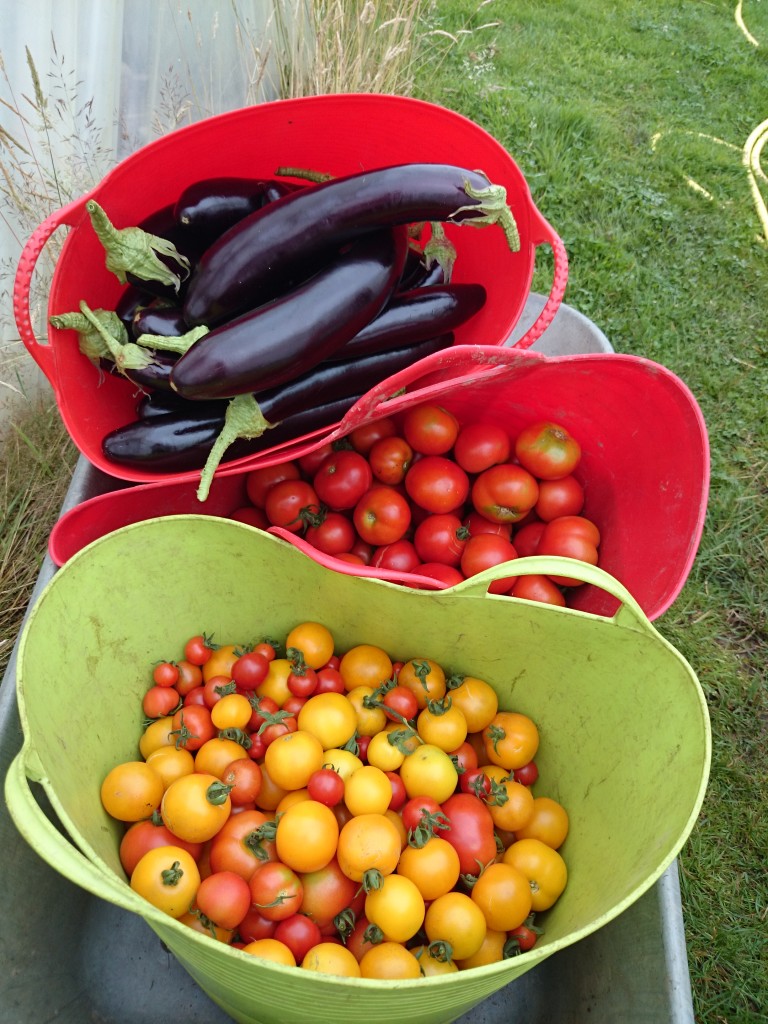
Method
Pre-heat the oven to 180C. Cut the aubergines lengthways into 0.5cm slices, and put them on to oiled baking sheets. Brush with olive oil and season. Bake for about 25 minutes until soft, golden and floppy.
Meanwhile, put 2 tbsp olive oil into a large frying pan over a medium high heat and cook the onion until soft. Add the garlic, cinnamon and oregano and cook for a further couple of minutes, then stir in the lamb. Turn up the heat slightly, and brown the lamb well, cooking until the mixture is quite dry. Stir in the tomato and wine, bring to a simmer, then turn the heat down low and cook for 30–40 minutes until most of the liquid has evaporated. Season and stir in the parsley.
While the meat is cooking, make the bechamel. Bring the milk to just below boiling point, and melt the butter in another saucepan. Stir the flour into the butter and cook for a couple of minutes, then gradually whisk in the hot milk. Cook until you have a thick sauce, then stir in the cheese until melted. Take off the heat and allow to cool slightly, then beat in the eggs, salt to taste and add slightly more nutmeg than you might think wise (it’s a strong flavour, but you need a heft of it in this dish I think – half a teaspoon at least).
Arrange a third of the aubergines in the base of an oven dish, and top with half the meat. Repeat these layers, then finish off with a layer of aubergine, and top with the sauce. Bake for about 45 minutes until well browned, and then leave to cool for half an hour before serving.
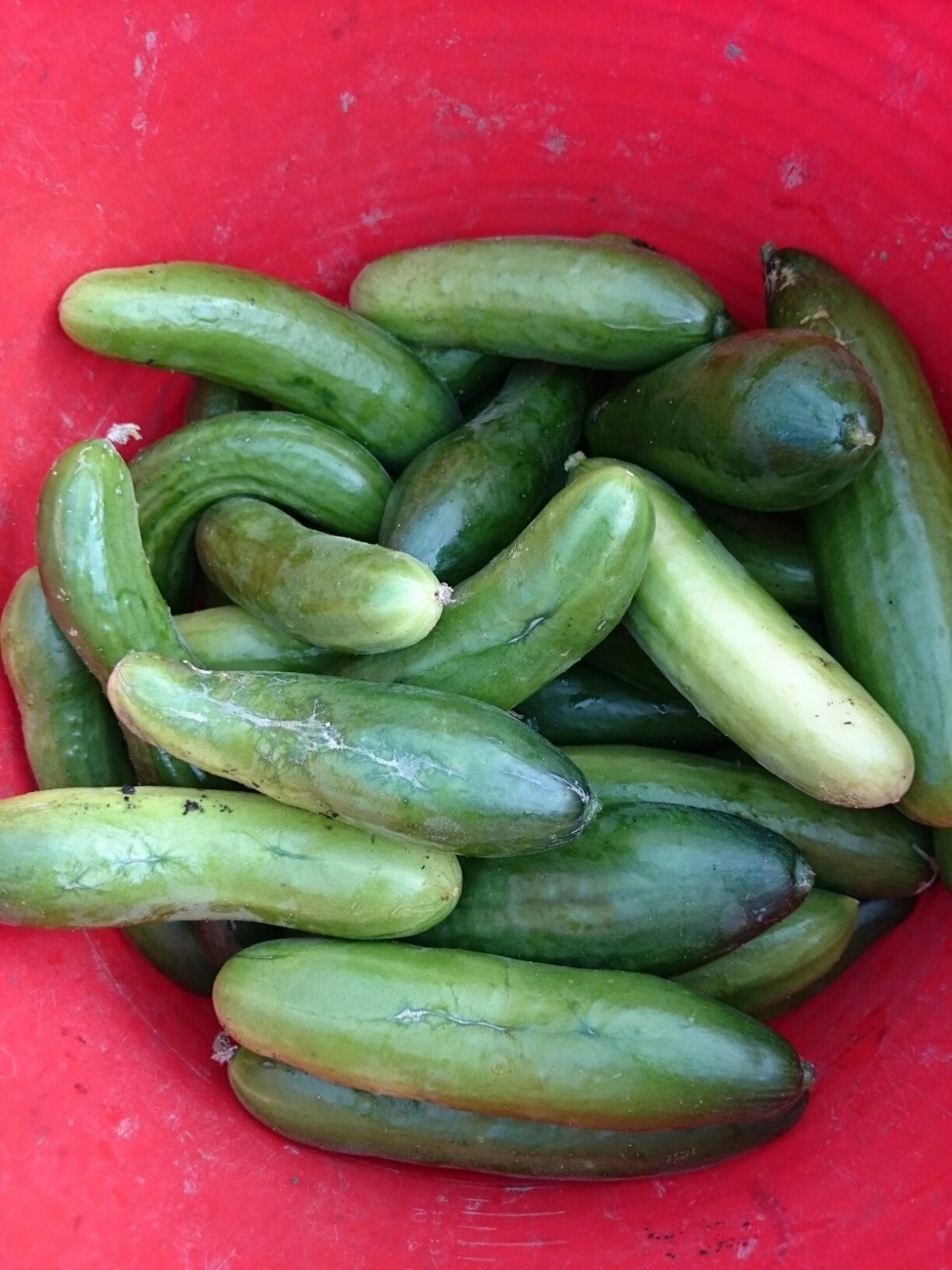
This recipe has been recommended by CSA member Sarah Brown. It is taken from Rick Stein’s Food Heroes but there are references to these pickles back as far as the Great Depression and earlier. A great homemade version of gherkins for burgers, cold meats, cheeses and as the name suggests just bread & butter.
Makes 4 x 450g (1lb) jars
Preparation time: 30 minutes
Cooking time: 25-30 minutes
Ingredients
750g / 1 1/2lb cucumbers
450g / 1 lb onions
1 green pepper
50g / 2 oz salt
Pickling liquor
350g / 12 oz light soft brown sugar
475ml / 16 fl oz cider vinegar
1/2 tsp tumeric
1/4 tsp ground cloves
1 tsp yellow mustard seeds
1/2 tsp celery seed
Method
Trim the ends off the cucumbers, scoop seeds with a teaspoon (optional) and cut them into thin slices about 3-4mm thick. Finely slice the onion and slice the pepper. Put the cucumber, onion and pepper in a large bowl and sprinkle over the salt. Cover and leave for three to four hours, or overnight – this will remove excess water and help to keep the vegetable crisp when pickled. Rinse, drain and dry the vegetables thoroughly. Put all the remaining ingredients in a large, stainless-steel pan and heat gently until the sugar has dissolved. Bring to a boil for 5 minutes. Add the cucumber, onion & pepper and simmer for three to four minutes – the cucumber will turn a slight yellowy-olive colour. Pack into warm, sterilised jars right up to the brim, and cap immediately with vinegar-proof lids. These will keep for a year, preferably in a dark place to preserve the colour. Once opened, refrigerate and eat within three or four weeks.


